I have been working on software development projects for more than 16 years. During this time, I have been a part of some failed projects and many successful ones. As a professional, I have gained more knowledge and experience from the former, while the latter gave me more confidence and sense of accomplishment.
A software project is a combination of Idea, realization, implementation, consistency, and execution (and probably some more). An error might occur on any stage of development, and that is what makes it quite difficult to deliver a software project on time, budget, and that corresponds to all the requirements.
About 70% of all projects fail, according to project management failure statistics. (Sandbox Model)
12% of all resources are wasted due to bad project management. (Project management institute)
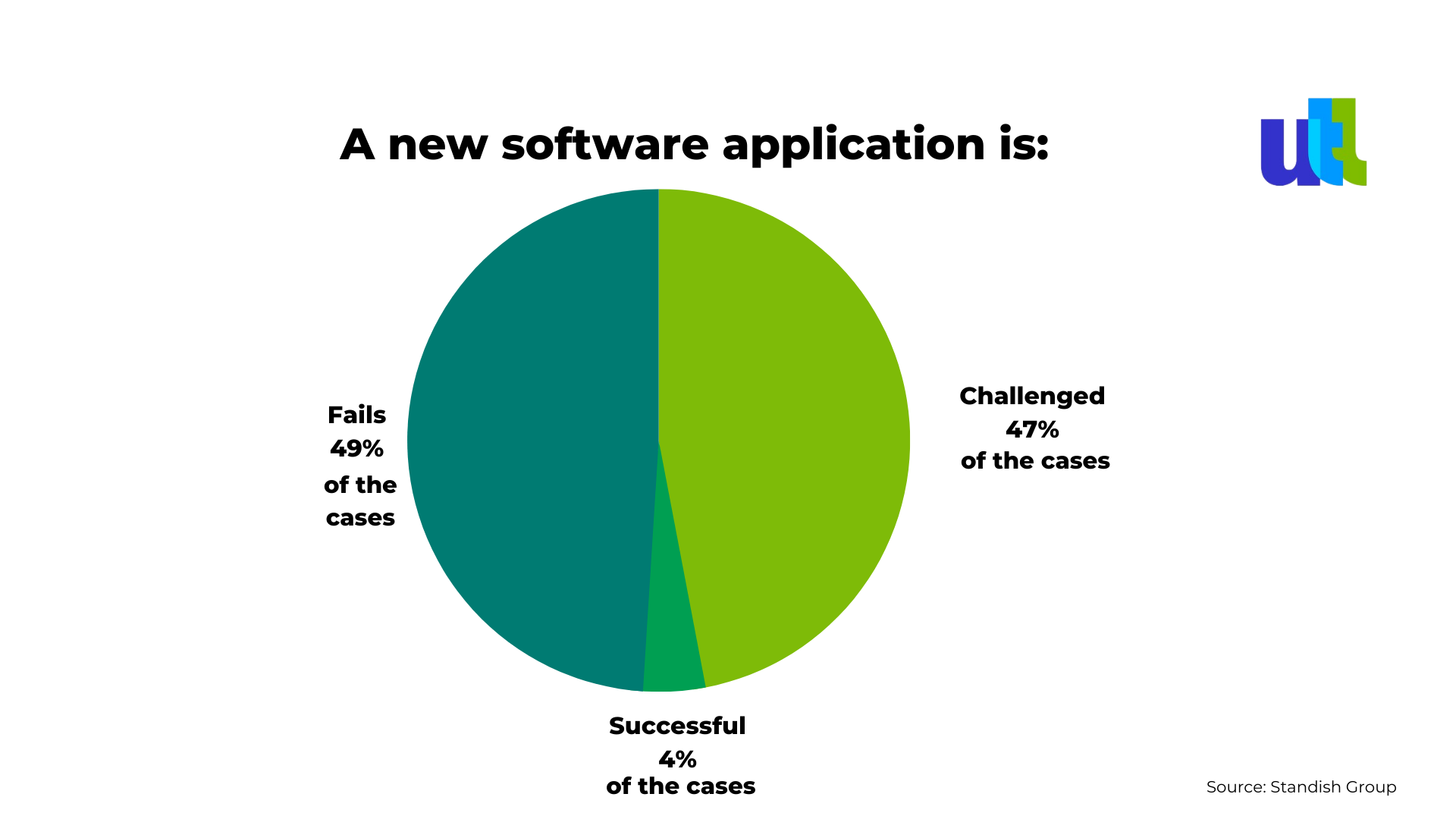
In this article, I have prepared 28 tips for a successful software project delivery, that will help you get started. And this is not in theory – rather from my experience.
Let’s see them.
1. Get married with the idea
When someone is planning to build a software product, it’s more like living in a dream. There is a bigger picture but, most of the time, small details are not seen and not taken good care of.
However, this is one of the main responsibilities of the software development team: to have multiple meetings with the idea generator to perfectly understand the final product and the current business needs. And most importantly, document them properly.
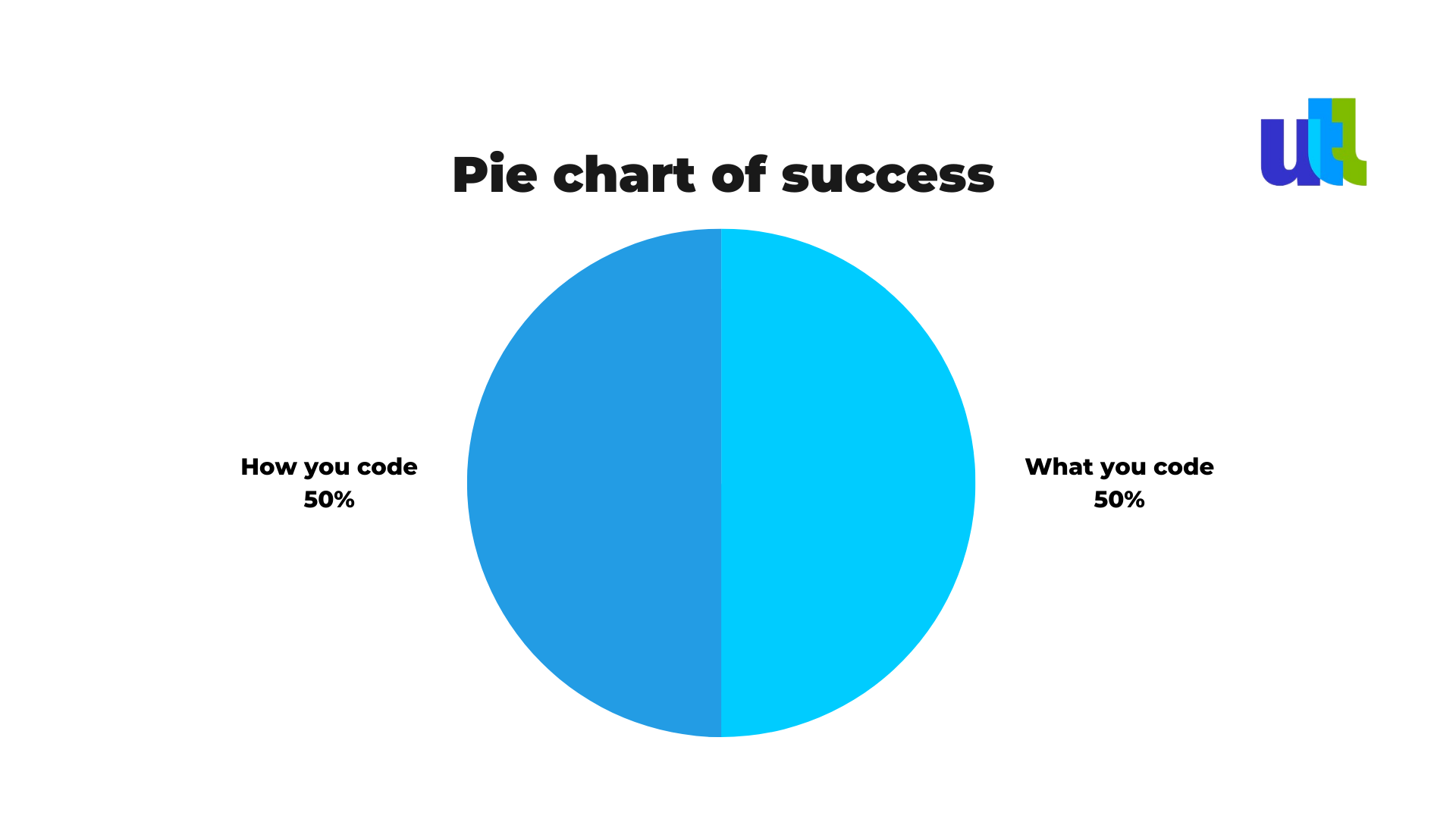
2. Define MVP
The sooner we can find out whether the product will be appealing to customers, the less effort and expense we spend on a product that will not succeed in the market. Here is my advice…
Rather than developing a full-fledged product, it is better to identify the minimal version of functionalities and go live with MVP. This way, we can get the end customer feedback quickly and adapt to the feedback. It is true that we try to shape the best (in our opinion) product, but at the same time we need to adapt and comply with the market demand and the ever-changing reality.
3. Draw wireframes
Let’s assume that we want to build an e-commerce application, where multiple vendors will be able to list their products while users will see and purchase them.
Nothing new – but are all the e-commerce platforms the same? Probably not.
Here comes the importance of the wireframe. Idea generators USP (unique selling point) is going to be visualized while the flow of the application is going to be finalized via wireframes.
4. Approve the wireframes from the customer
The main formula of success is to get feedback and act accordingly. The development team needs to adjust the wireframes listening exclusively to the customer. That is the only way.
5. Put IoT of focus on UI design
This is what the end customer actually sees. A happy customer can bring a lot more customers, you know that.
It all starts with color psychology. Color influences the perception.
Even those black spares need to be consciously decided. Size, Box Size, Text font and size, shapes – everything matters. But, most importantly, how the combination works.
6. Put even more focus on UX
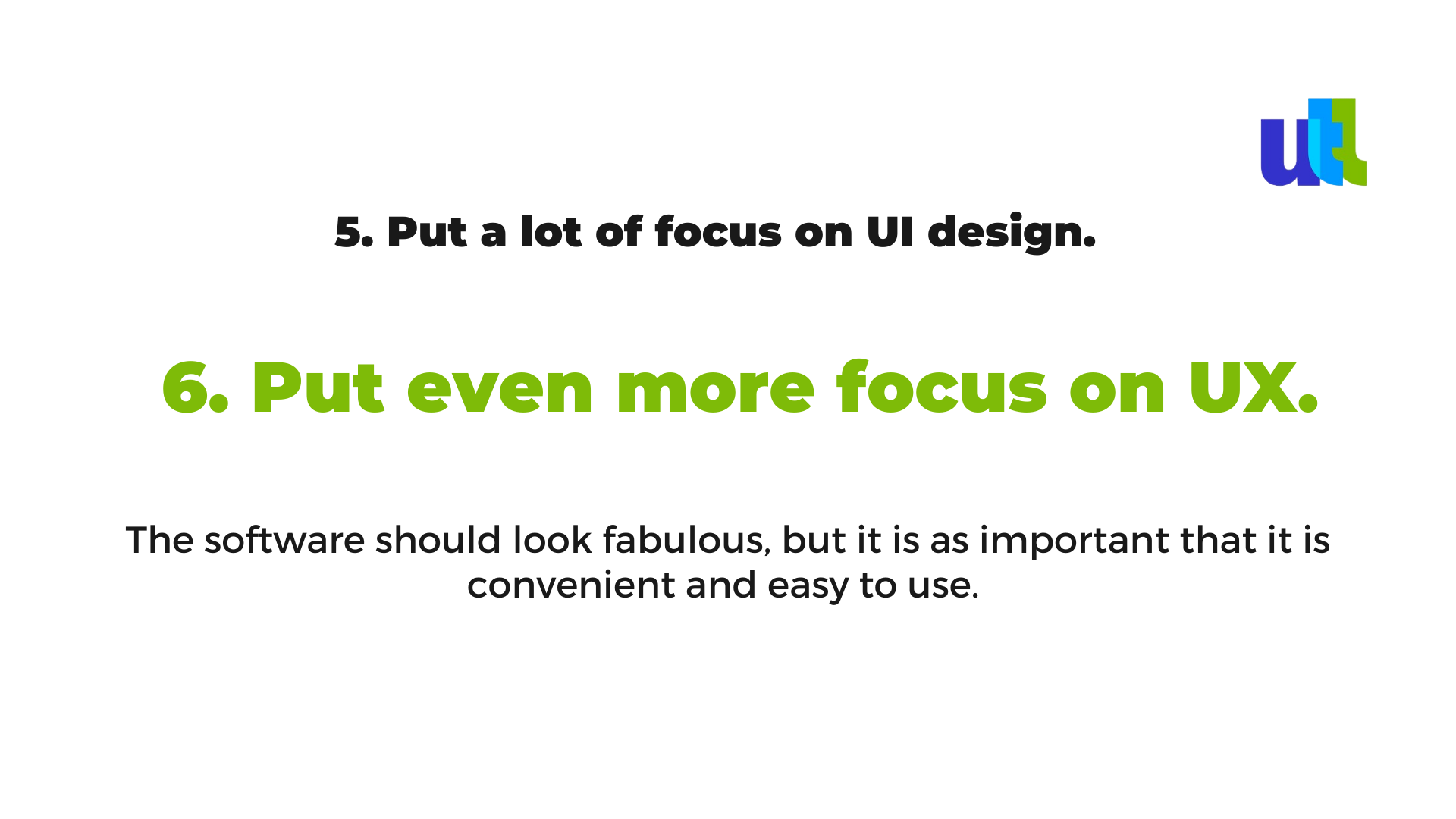
We need to understand and emphasize how our target audience uses their PCs, mobiles, and applications.
Put lots of focus here while creating your UX.
7. Get the design approved from customer before developing
Developing software is expensive, but it becomes even more expensive when you need to redesign it every time fundamental details get changed.
It's highly recommended to get the whole UI/UX reviewed and approved by the customer before writing a single line of the code.
8. Choose the technology with long-term view
How do we choose the right technology? Is our choice based on the available resources? Or on the statistical success data? Or the customer’s fancy choices?
Probably none of the above.
As software architects, we need to think long-term and consider all the possible changes in the product. If there is possibility of doing business analytics, Azure and Microsoft technology will help you with future aspirations and Power BI.
For example, an IoT project can be best suited with low-level language such as C, while AI projects can be better developed with Python, as there are have many inbuilt libraries.
Choose the right technology, thinking long-term.
9. Form a team with the right balance of experience and youth
A good mixture of experience and fresh view increases innovation and learning. Balance is very important here.
10. Have highly experienced DevOps to define server architecture
Server architecture that follows the best practices and resource (hardware) optimization is so much important to get maximum efficiency at minimal costs. We need a well-experienced DevOps expert, who has learned from mistakes.
Scalability, performance, and security of the server is the key for long-term success.
11. Back up resources
Team is as strong as the reserve bench.
We have experienced it multiple times: when suddenly one of the key team members is not available, project health gets hampered. Your people might fall sick, go for a long vacation, resign from the company – be prepared, having bench strength will help.
12. Follow agile software development process
The future is so unpredictable. Technologies are changing almost every day, while new visions are evolving. Let’s be ready, let’s be comfortable with only a plan for a couple of weeks, let's do a delta improvement – let’s make the customer happy by following agile software development process.
13. Define product road map
Even when you follow the previous advice, It’s still important to have a road map.
I would define it as an overall, high-level idea of what we want to achieve as a team and during which timeline. Of course, requirements might change, especially in an agile environment, but as a shooter, one needs a target to shoot.
This will enhance commitment, sincerity, and those sense of accomplishment inside the team.
14. Define sprint goals which are aligned with product road map
Once, a wise person was asked by a fellow person – how can I be successful?
The wise person said:
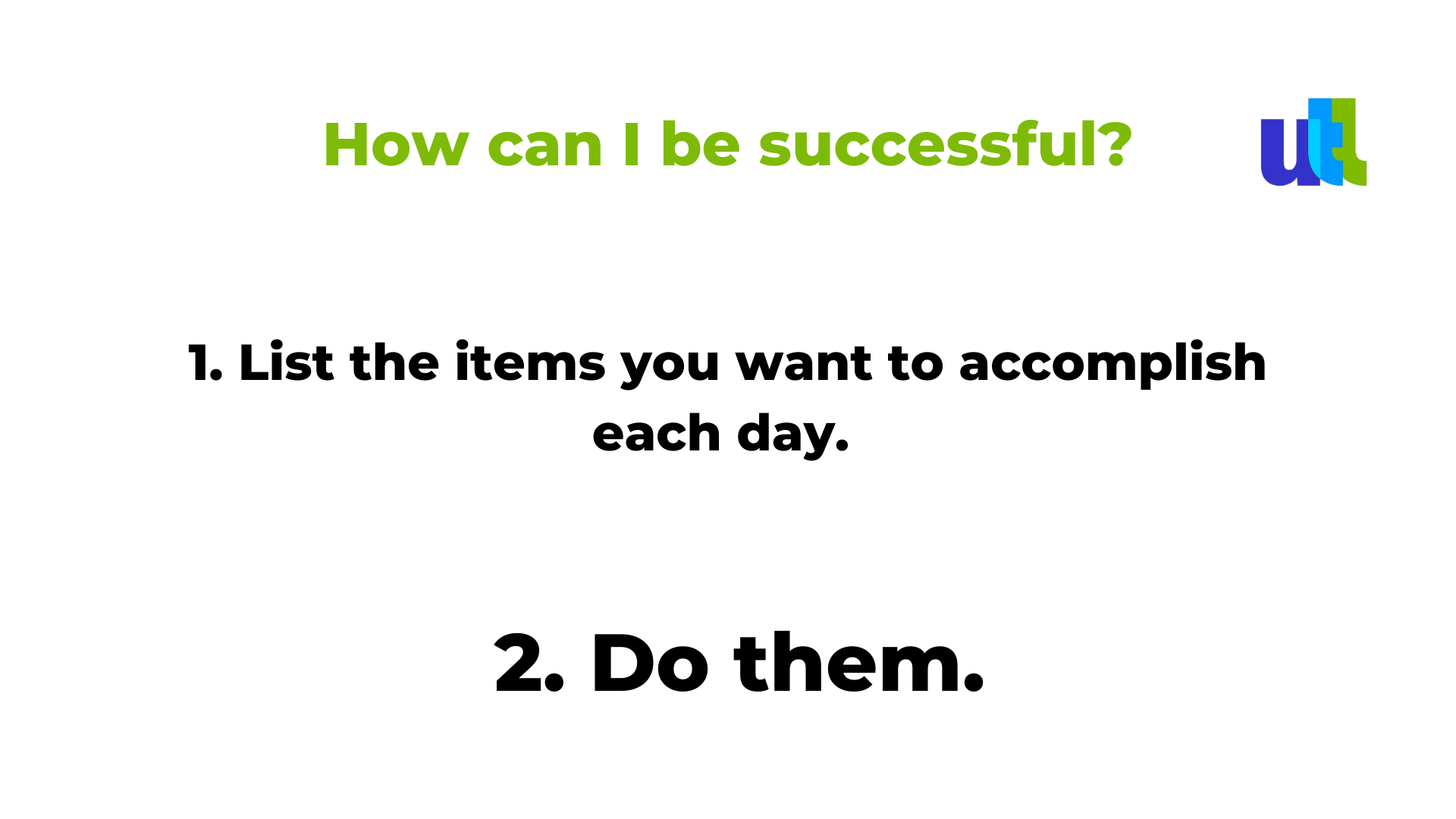
We can spend lots of time and effort on planning, but we should always make sure we are aligned with the product road map.
Ask such questions:
Are there functionalities that are highly required now? Will it make the software a little better? Is it possible to do it within the sprint?
An average budget overrun for IT projects is 27%. (Gallup, ZDNet)
15. Commit less but meet sprint goals each time
“Do them” – that’s the key.
Execution is what matters the most.
Let’s try not to overpromise, let’s not try to work days and nights - let's promise what is actually possible within the allocated time. It's about long-term commitment.
16. Code quality, code security, logging and unit testing – is nonnegotiable
Re-work is expensive, often very expensive. Try to give your best shot while coding and, please, keep in mind that it should be understandable for the other team members.
Also, protect your code from external threats, follow best practices. Add meaningful logs – monitoring logs should notify the developer about the problem much earlier than the customer reports the issue. Let’s not rely that much on manual testing, let’s make unit testing cover all possible scenarios and allocate enough time for this stage of development.
17. Communicate every day
It is not about individual brilliance. When it comes to delivering a software project, either your team wins or loses. And to win as a team, we need to communicate efficiently.
Daily Stand Ups are great!
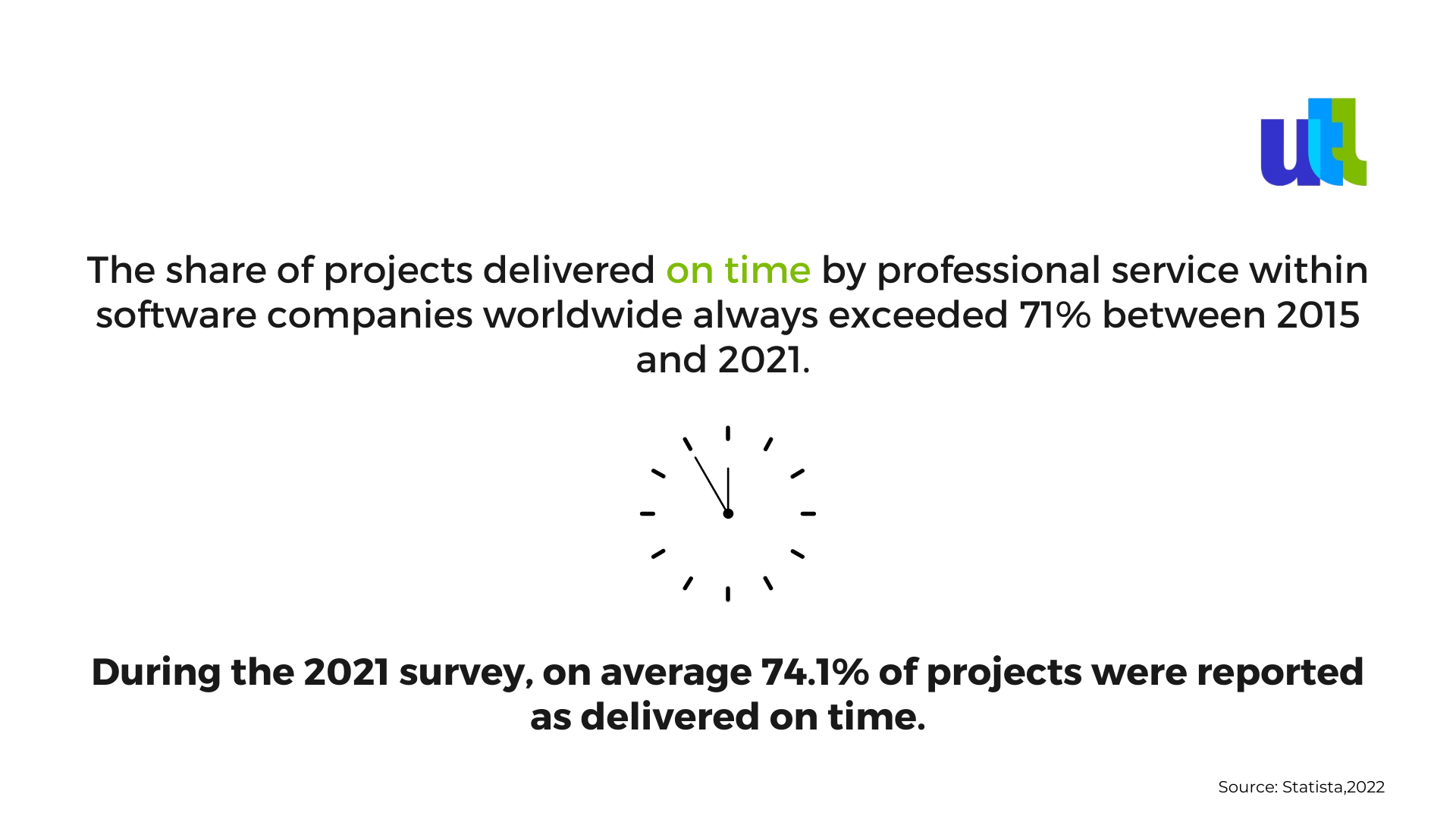
18. Don’t allocate more than 70% of the developer’s time on developing
There are many activities other than working on the sprint backlogs (like backlog grooming, helping other team members to meet sprint goals, attending scrum meetings, updating sprint boards etc.). It is advised not to spend more than 70% of the time developing cards.
19. Project audit after every 2 sprints by an external team
To ensure you follow all the requirements accurately, follow the best practices, maintain processes and take good care of your security measures – an external professional team can review your product and provide unbiased comments.
When we do things, we tend to believe we know best. Still, a couple of external eyes might be helpful and sometimes can even prevent from an unexpected failure.
20. Take care of your team members’ well-being
Management and HR teams should pay lots of attention to this point.
Each member of the development team must feel safe, and the company must try to provide the best possible working environment.
Health checkups, group physical activities, recreation and so much more can be done.
And do not ignore psychological wellbeing and “I am not feeling like working today”.
21. Test every deliverable with written test cases
Testing does not make much sense without knowing what I am testing.
Exploratory testing cannot be the practice. We must write test cases with the expected results, before actually conducting test cycles. It helps.
22. Use web services
In today’s era, does it make any sense to reinvent the wheel?
We must try to make the most out of the known web services available. Most of them are well tested and trusted by many other people.
23. Celebrate little successes
Witnessing success is not what happens each day. But it is important to note a new milestone touched, and take time to appreciate that.
Celebration helps to spread happiness in the team.
We have done it, and we have done it as a team!
24. Focus more on quality than quantity of deliverables
Ticking multiple boxes only makes sense when they are well-accomplished. Sacrificing quality just for the sake of doing much does not help.
We must realize this and target to do small items once at a time and once forever.
Again: rework is expensive and time-consuming.
25. Do regression testing for each deliverable
Please do not assume too much and go for a regression test cycle before delivering any piece of software to the customer.
Trust me, nothing can hurt a customer's trust as much as observing that even previous functionalities do not work properly after the latest change.
26. Security testing, load testing before the final release
Have you experienced your customers' credentials or user data getting hacked? Have you ever heard from the end customers that his credit card got over-charged? Have you ever experienced server crashes due to an increasing number of users or activities?
If all the above answers are “no” probably you are not a software professional (just kidding) …or you have done load and security testing with due diligence!
27. Before the final release – have alpha testing and beta testing
What can be more useful than getting your software tested with a little wider audience? Those that you trust. Before going live.
I guess nothing.
28. More discipline
Building software is not about days or weeks, it takes months and years. Sometimes, even decades, as the tech is constantly evolving.
Motivation, passion, and brilliance are good to have, but what counts even more is doing things right, consistently, every day.
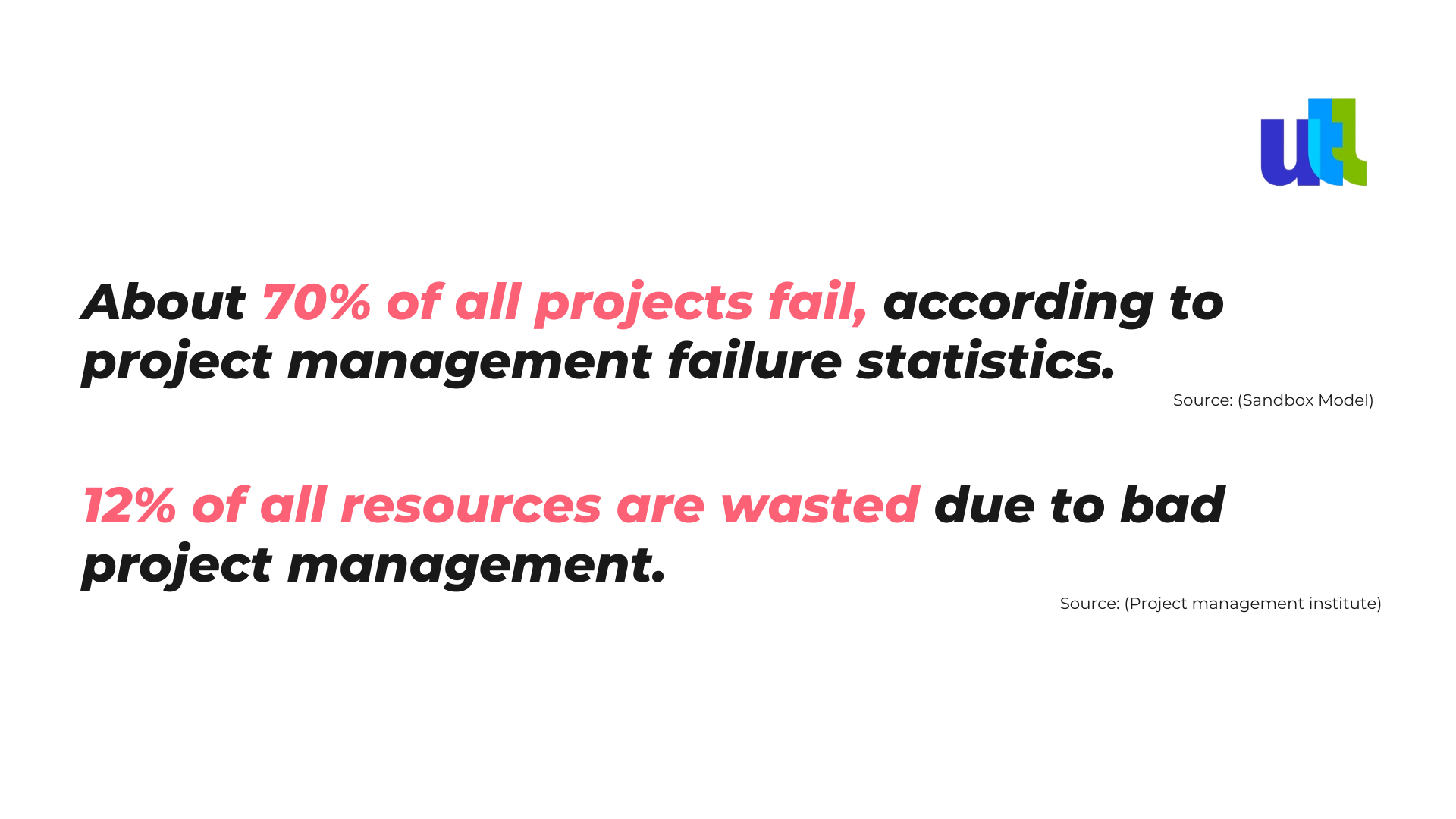
When it comes to software development, we often say that a clear process leads to a clear launch.
Well, yes. And no. There are so many little things that might occur.
Still, one of the best things you can do is to learn from someone’s vast experience and keep learning from your own mistakes.
We can help your software project not sink.
Learn more about:
Wondering Why Software Projects Fail? Here Are Few Major Reasons
----------------------------------------------------------------------------------------------
View the full presentation:
WRITTEN BY
Arindam Dey
2022-09-21














































































































































































